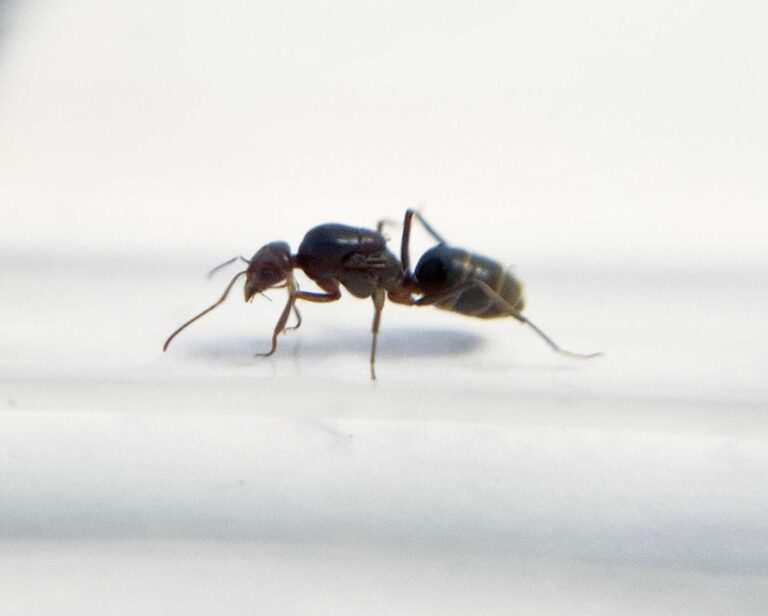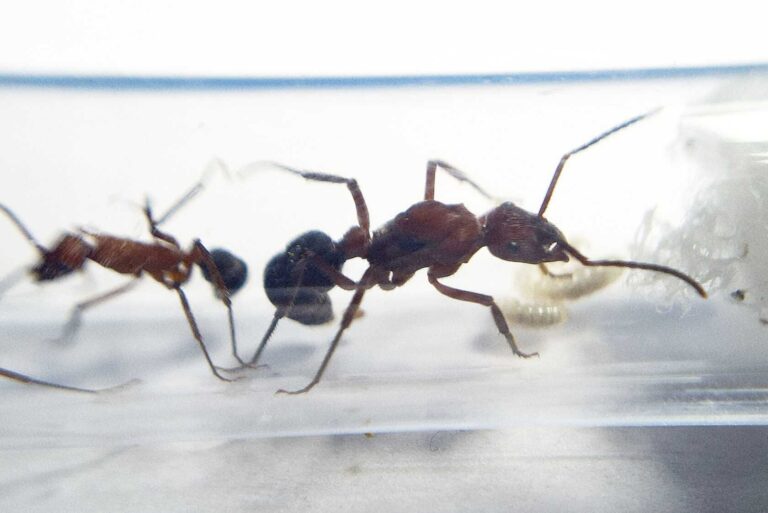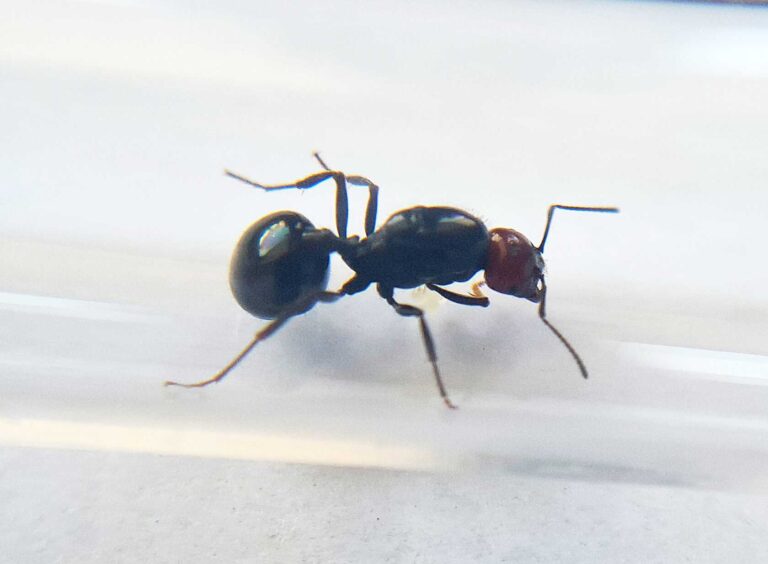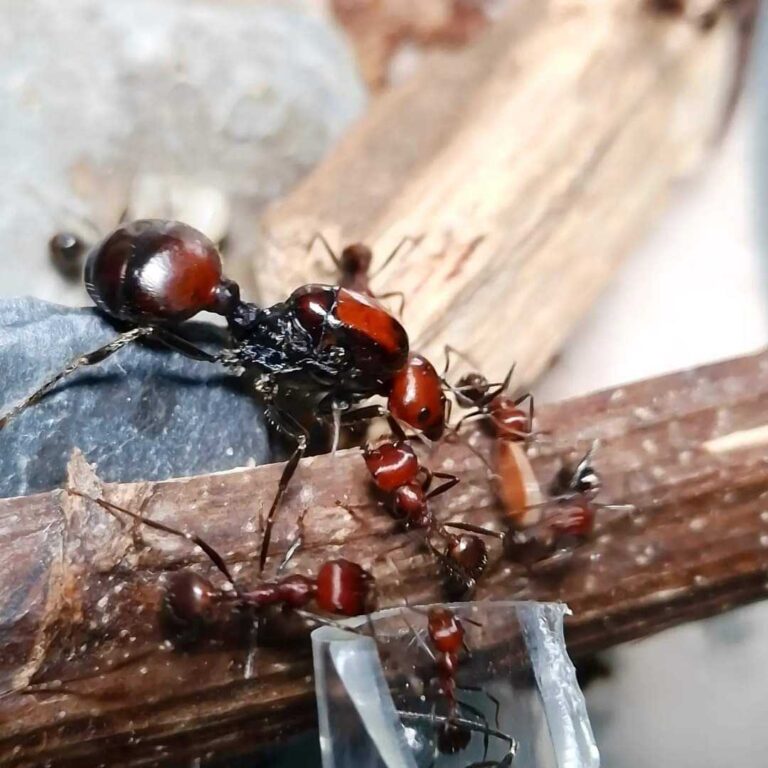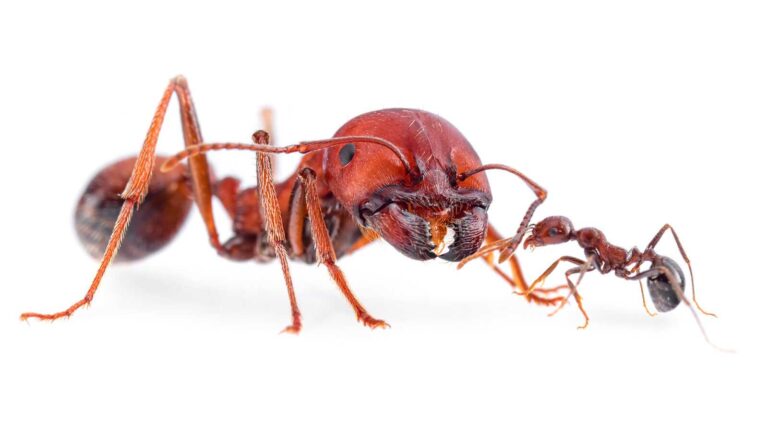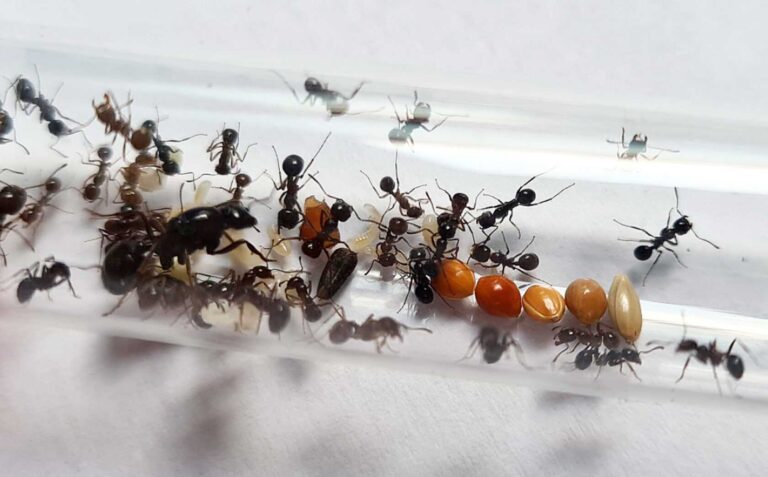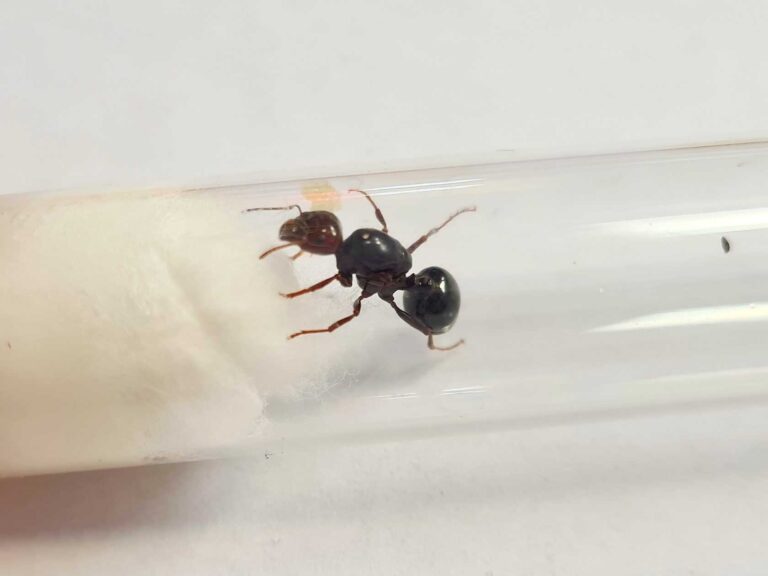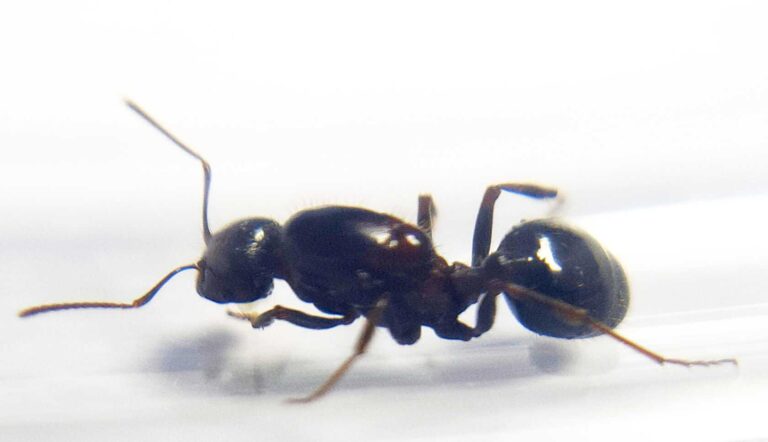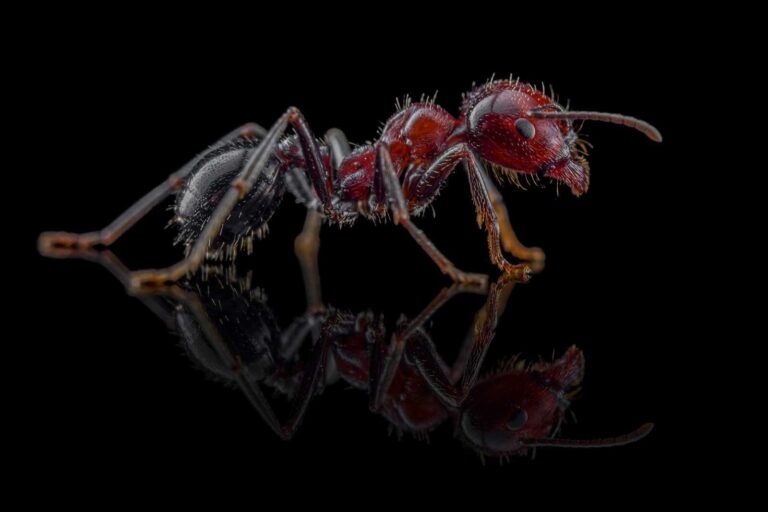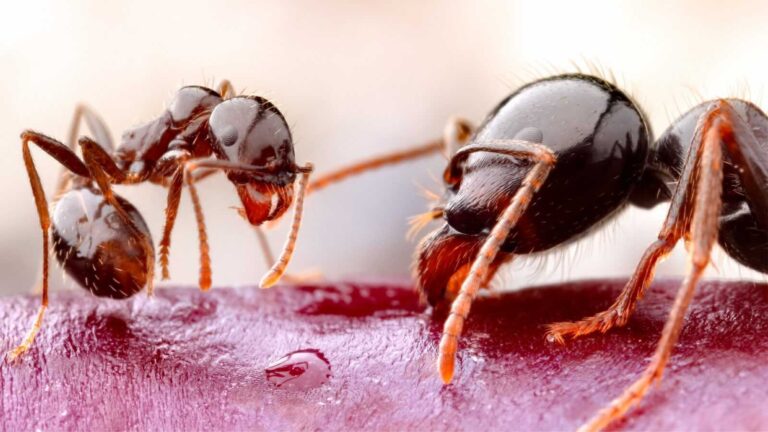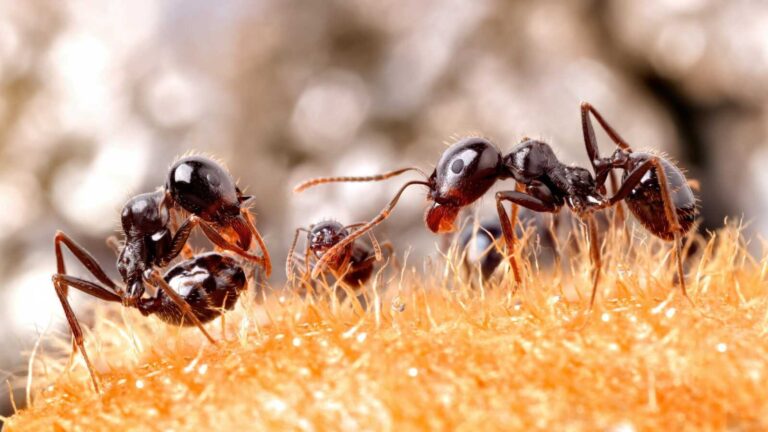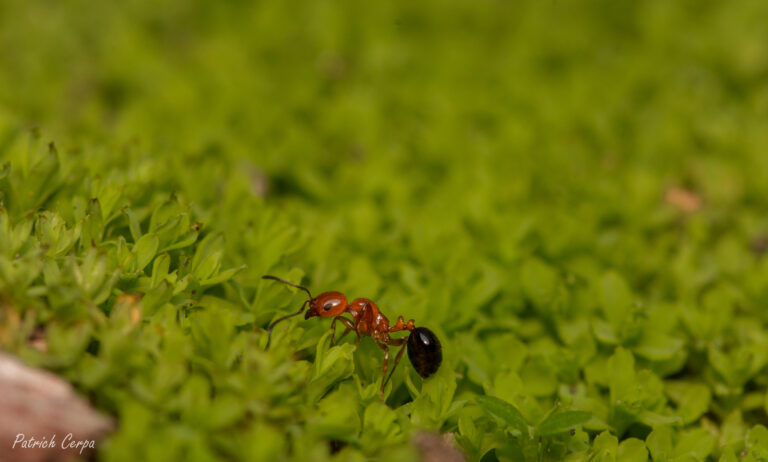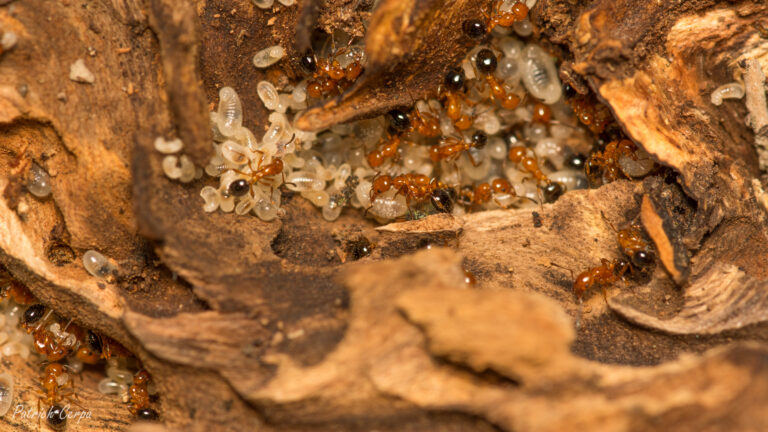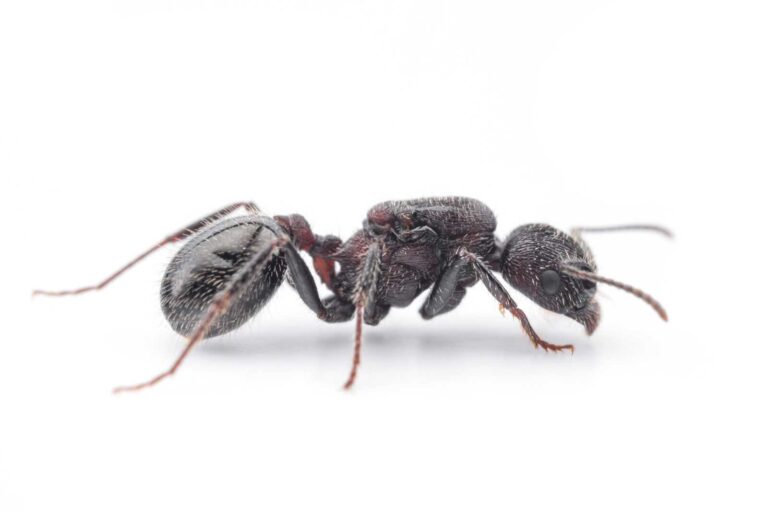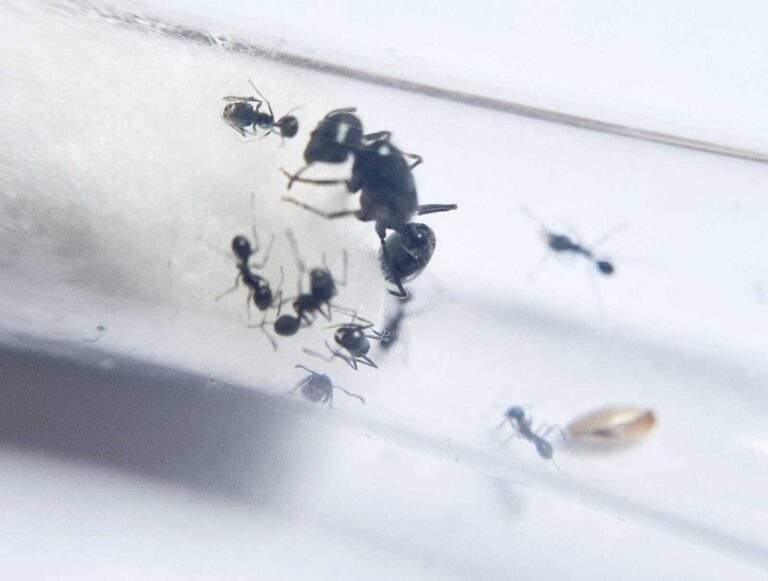Showing 61–74 of 74 results
- Queen 74
- Queen and 1-3 workers 74
- Queen and 4-10 workers 74
- Queen and 11-20 workers 74
- Queen and 21-40 workers 73
- Queen and 41-60 workers 73
- Queen and 61-100 workers 50
- Queen and 101-200 workers 5
- 2 Queens 6
- 2 Queens and 1-3 workers 6
- 2 Queens and 4-10 workers 6
- 2 Queens and 11-20 workers 6
- 2 Queen and 21-40 workers 6
- 2 Queens and 41-60 workers 6
- 2 Queens and 61-100 workers 3
- 2 Queens and 101-200 workers 2
- 3 Queens 3
- 3 Queens and 1-3 workers 3
- 3 Queens and 4-10 workers 3
- 3 Queens and 11-20 workers 3
- 3 Queens and 21-40 workers 3
- 3 Queens and 41-60 workers 3
- 3 Queens and 61-100 workers 2
- 3 Queens and 101-200 workers 1
MicroMicro 3
SmallSmall 22
MediumMedium 35
LargeLarge 10
HugeHuge 4
Dorymyrmex pogonius is a monogynous ant species with colony sizes of up to 5000 workers. They have a slow development speed and the queen measures 9-10 mm while workers measure 4-6 mm. They are characterized by their black color with a red-orange flake. Their nutrition consists of food insects, syrup, fruit, vegetables, jelly, and cooked chicken without salt.
Ectatomma opaciventre ants are visually striking, with beautiful orange workers and contrasting black abdomens. These unique ants are a great addition to any ant-keeping enthusiast’s collection.
Messor angularis is a black ant with a bright red head. It forms monogynous colonies of up to 5000 workers. The queen measures 11-13mm, workers measure 4-7mm, and majors measure 8-11mm. They consume food insects and plant seeds, and require a humidity level of 30-50%.
Messor cephalotes is a monogyny ant species with a colony size of up to 5000 workers. The development rate is medium. The queen measures 22-25mm, workers range from 4-14mm, and majors are 14-22mm. They have a black abdomen and a brightly stained red head. They consume food insects and plant seeds. The humidity in their arena should be around 30.
The Messor ebeninus is a monogyny ant species with colonies that can have up to 5000 workers. They have a slow development rate and sizes ranging from 3-12mm. The ants are black in color and feed on food insects and seeds. They require a humidity level of 30-70% and a temperature range of 25-30 °C in their arena and nest.
Messor galla is a monogynous ant species with colony sizes of up to 10,000 workers. They have a medium development rate. The queen is 14-17mm in size, while workers range from 4-9mm and soldiers from 8-12mm. Their head and back are dark burgundy, with the rest of their body being dark in color. They primarily feed on plant seeds, food insects like cockroaches and crickets, as well as fruits and vegetables.
Messor instabilis is a monogynous ant species with colony sizes up to 5000 workers. They have a slow development speed. The queen is 10-13mm in size, workers are 3-7mm, and majors are 7-11mm. They have a dark color with a dark brown-red chest. Their diet consists of food insects like cockroaches and crickets, as well as seeds. They require humidity levels of 30-50% in the arena and 50-70% in the nest.
Messor minor is a species of ant that belongs to a monogynous colony type. The colony size is around 10,000 individuals and the development rate is considered medium. The queen measures 10-13mm in size while the workers range from 4-9mm. The ants have a red head and back with a dark body. They primarily feed on insects, syrup, fruit, vegetables, jelly, and cooked chicken without salt.
Messor minor hesperius bicolor is a medium-sized ant colony of monogyny with a population of around 10,000 individuals. The ants have a red head and back with a dark body. They feed on insect food like cockroaches and crickets, as well as seeds. The ants require a humidity level of 30-50% in the arena and 50-70% in the nest.
Messor muticus is a polyogynous ant species with a colony size of 5,000 workers. They have a moderate development rate and the queen measures 11-13mm, while workers and majors range from 4-7mm and 7-10mm, respectively. They have a brown to brownish-red color and feed on food insects, fruits, vegetables, and seeds. The humidity of their arena should be maintained at 30-50% and their nest at 70-90%.
Messor wasmanni is a monogynous ant species with a colony size of 5,000 workers. Their development rate is medium, with queens measuring 9-11 mm and workers measuring 3-8 mm. They have shiny black to black-brown heads and abdomen, dark red torsos, and mostly black males. They primarily feed on food insects and seeds, and require a humidity level of 30-50% in their arena.
Monomorium chilense is a small, fast-developing ant species native to South America. Workers measure 2–3 mm, and queens about 5–6 mm. They are light to reddish-brown, highly active, and efficient foragers. Colonies grow quickly with warmth and protein-rich diets. Though non-aggressive, they are excellent escape artists and require secure, compact nests. Ideal for keepers seeking a small, adaptable, and low-maintenance species.
Veromessor andrei is a monogynous ant species with a colony size of up to 5000 workers. They have a medium development rate and range in size from 9-11 mm for the queen and 3.5-8 mm for the workers. They are black or black-brown in color and their diet consists of food insects, syrup, and fruits. The recommended humidity levels for their arena and nests are 30-50% and 50%, respectively.
Veromessor pergandei is a monogynous ant species with colony sizes of up to 5000 workers. The development rate of the colony is medium. The size of the queen is 12-16mm and workers are 10-12mm. The ants have a black head and belly, with an orange-red to dark red chest. Their nutrition consists of food insects, syrup, and fruits.


